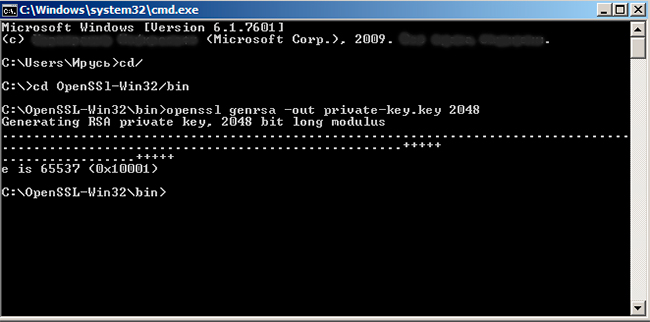Openssl Generate Public Key Pair
Mar 03, 2020 This page explains how to generate public/private key pairs using OpenSSL command-line tools. Device authentication. Cloud IoT Core uses public key (or asymmetric) authentication: The device uses a private key to sign a JSON Web Token (JWT). The token is passed to Cloud IoT Core as proof of the device's identity. I am having problem finding a command that would generate a public and private key pair using OpenSSL. Could someone show me some example code of this in action.

Openssl Key Pair
-->/win-vista-product-key-generator.html. May 29, 2016 The most effective and fastest way is to use command line tools: codeopenssl genrsa -out mykey.pem 4096 openssl rsa -in mykey.pem -pubout mykey.pub /codeIt’ll generate RSA key pair in code mykey.pem/code and code mykey.pub/code. I am having problem finding a command that would generate a public and private key pair using OpenSSL. Could someone show me some example code of this in action.
To sign an assembly with a strong name, you must have a public/private key pair. This public and private cryptographic key pair is used during compilation to create a strong-named assembly. You can create a key pair using the Strong Name tool (Sn.exe). Key pair files usually have an .snk extension.
Note
In Visual Studio, the C# and Visual Basic project property pages include a Signing tab that enables you to select existing key files or to generate new key files without using Sn.exe. In Visual C++, you can specify the location of an existing key file in the Advanced property page in the Linker section of the Configuration Properties section of the Property Pages window. The use of the AssemblyKeyFileAttribute attribute to identify key file pairs was made obsolete beginning with Visual Studio 2005.
Openssl Generate Private Public Key Pair
Create a key pair
To create a key pair, at a command prompt, type the following command:
sn –k <file name>
In this command, file name is the name of the output file containing the key pair.

The following example creates a key pair called sgKey.snk.
If you intend to delay sign an assembly and you control the whole key pair (which is unlikely outside test scenarios), you can use the following commands to generate a key pair and then extract the public key from it into a separate file. First, create the key pair:
Next, extract the public key from the key pair and copy it to a separate file:
Once you create the key pair, you must put the file where the strong name signing tools can find it.
When signing an assembly with a strong name, the Assembly Linker (Al.exe) looks for the key file relative to the current directory and to the output directory. When using command-line compilers, you can simply copy the key to the current directory containing your code modules.
If you are using an earlier version of Visual Studio that does not have a Signing tab in the project properties, the recommended key file location is the project directory with the file attribute specified as follows: